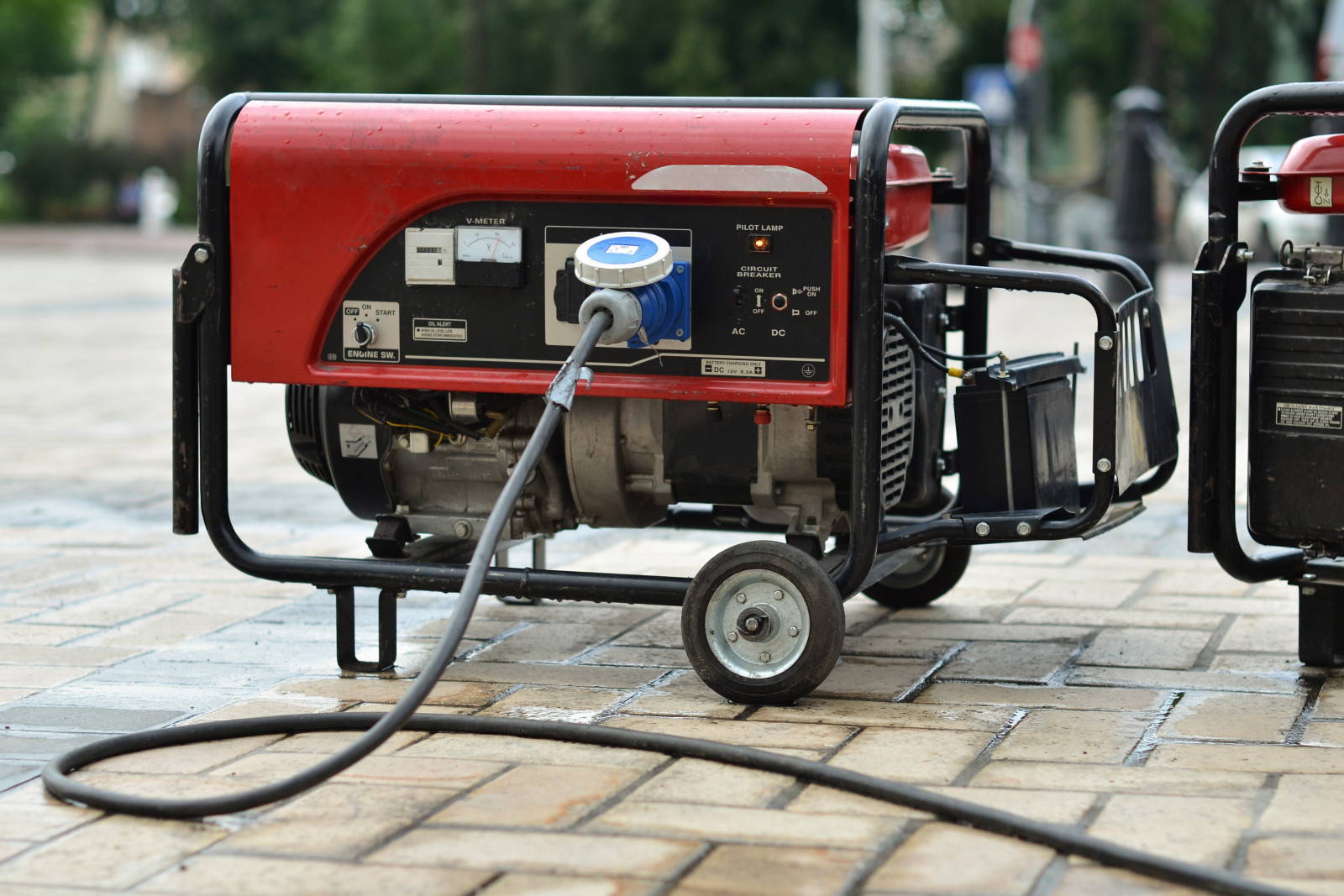How to Remove Fire Alarm: The Expert Guide

Safety is paramount in our lives, and the humble fire alarm plays a colossal role in ensuring this safety. If you’ve ever found yourself puzzling over “how to remove fire alarm,” you’re not alone. Various scenarios may call for this, from a simple battery change to a complete replacement. This in-depth guide is tailored just for you, making the process as seamless as possible. Let’s journey together through this pivotal process!
Delving Deeper into Types of Fire Alarms:
Before we venture into the nitty-gritty of removal, it’s worth getting well-acquainted with fire alarms and their inner workings.
Smoke Detectors
Your go-to choice for sensing smoke. They use optical or ionization sensors to detect fires in their early stages.
Heat Detectors
Kick in when there’s a significant temperature spike, making them ideal for areas like kitchens.
Multi-Sensor Alarms
The best of both worlds! Their dual-detection mechanism can help reduce false alarms and ensures better accuracy.
Understanding the intricacies of these devices will empower you when figuring out how to remove fire alarm units effectively.
Why Remove a Fire Alarm?
The reasons are more varied than you might think:
- Upgrades: The latest alarms boast advanced features and better accuracy.
- Relocation: Maybe there’s a more strategic position to maximize its efficiency.
- Home Makeovers: Temporary removal may be necessary during renovations.
- Troubleshooting: A persistent beep or malfunction might necessitate a brief removal for inspection.
Safety Precautions Before Removing a Fire Alarm
Remember, safety never takes a back seat!
- Power Down: This can’t be stressed enough. Always disconnect the power supply.
- Tools at the Ready: A ladder, screwdriver, or perhaps even a voltage tester might come in handy.
- Inform Everyone: A sudden, unexpected alarm can be startling. Let your household or office know beforehand.
Step-by-Step Guide on How to Remove Fire Alarm
Navigating the removal of your fire alarm? Here’s a clear, stepwise guide to assist:
Step 1: Analyzing Your Alarm
Begin by examining your alarm. Look for displays, buttons, or any unique design elements. Recognizing distinct features like specialized screws can smoothen the process.
Step 2: Power Down
First and foremost, ensure the alarm is not powered. Switch off the relevant circuit breaker and confirm it’s off by testing nearby devices. If your alarm has batteries, disconnect them too.
Step 3: Accessing the Device
Alarms often come with covers for protection. Depending on its design, you may need to twist or gently pry it off.
Step 4: Disconnecting the Battery
If your device has a secondary battery source, it’s crucial to disconnect it to avoid any unintended triggers.
Step 5: Freeing the Alarm
The alarm is typically mounted with a simple mechanism. You’ll likely need a twist or pull action to unmount it. If it’s tricky, the manual is your best friend.
Step 6: Managing Electrical Connections
Exercise caution here. Using tools that don’t conduct electricity, carefully detach any connected wires.
Step 7: Post-Removal Actions
Once the alarm is off, store it in a designated safe spot. If it’s not going back up, remember to dispose of it responsibly.
By following this guide, you’ll ensure a safe and efficient removal process for your fire alarm.
What to Do Post Removal
Once it’s down, here’s your game plan:
- Installing a brand-new alarm? Always start fresh with the user manual.
- Eco-friendly disposal of old fire alarms is a responsibility. Many devices contain materials that shouldn’t go into regular trash.
- Seal up the spot if you’re not installing a new alarm immediately, keeping it dust and debris-free.
Insider Tips for Effortless Removal
Here are some golden nuggets to make your task smoother:
- The user manual isn’t just filler content. It’s packed with valuable, model-specific insights.
- False alarms during removal can be jarring. A heads-up to nearby folks can help.
- Patience is a virtue. Don’t rush, especially when handling wiring.
Final Thought
Fire alarms are silent guardians of our spaces. While the process of figuring out “how to remove fire alarm” can seem daunting, with the right guidance, it becomes a walk in the park. Stay informed, prioritize safety, and never underestimate the importance of periodic maintenance.
Frequently Asked Questions (FAQs)
How often should I consider removing and replacing my fire alarm?
It’s generally recommended to replace your fire alarms every 10 years. However, always keep an eye on its performance and check for signs of malfunction.
I’ve removed my fire alarm. Can I just throw it in the trash?
No. Fire alarms contain electronic components that should be disposed of responsibly. Check local e-waste guidelines for proper disposal methods.
After removing the alarm, I noticed some wires. Is it safe to touch them?
Always ensure the power is turned off before touching any wires. When in doubt, use non-conductive tools or seek professional help.
My fire alarm keeps beeping, even though I’ve replaced the batteries. Should I remove it?
A persistent beep can indicate a malfunction or that the unit is nearing the end of its life. It might be time for a replacement.
Can I relocate my fire alarm after removing it, or do I need a new one?
If the fire alarm is still functional and within its lifespan, you can relocate it. However, ensure that it’s reinstalled correctly and tests successfully in its new location.
Do I always need a professional to remove a fire alarm, or is it a DIY task?
While many homeowners can successfully handle a DIY removal, if you’re unsure about any step, especially regarding wiring, it’s wise to consult with or hire a professional.
What’s the difference between battery-operated alarms and hardwired alarms when it comes to removal?
Battery-operated alarms are generally easier to remove, as they’re not connected to the home’s electrical system. Hardwired alarms require additional steps, like turning off the circuit breaker and handling wiring.
I’ve removed my old fire alarm. How do I install a new one?
Installation procedures can vary based on the model and type of fire alarm. Always refer to the user manual of the new fire alarm for detailed installation instructions.
Why does the location of a fire alarm matter?
Proper placement ensures maximum detection efficiency. For instance, alarms should be near bedrooms and on every floor. Keeping them away from kitchens can reduce false alarms caused by cooking.
I’ve removed the alarm but noticed some marks and holes on the ceiling. How can I fix them?
Minor wall or ceiling damage can be patched up using spackling paste. Once dried, you can paint over it to match your ceiling.
By addressing these FAQs, you’ll be better prepared to handle the intricacies of fire alarm removal and ensure the safety of your living space.
To sum it up, understanding “how to remove fire alarm” is more than just a DIY task. It’s about ensuring safety, staying updated, and making informed decisions. Embrace the knowledge, and stay safe!



